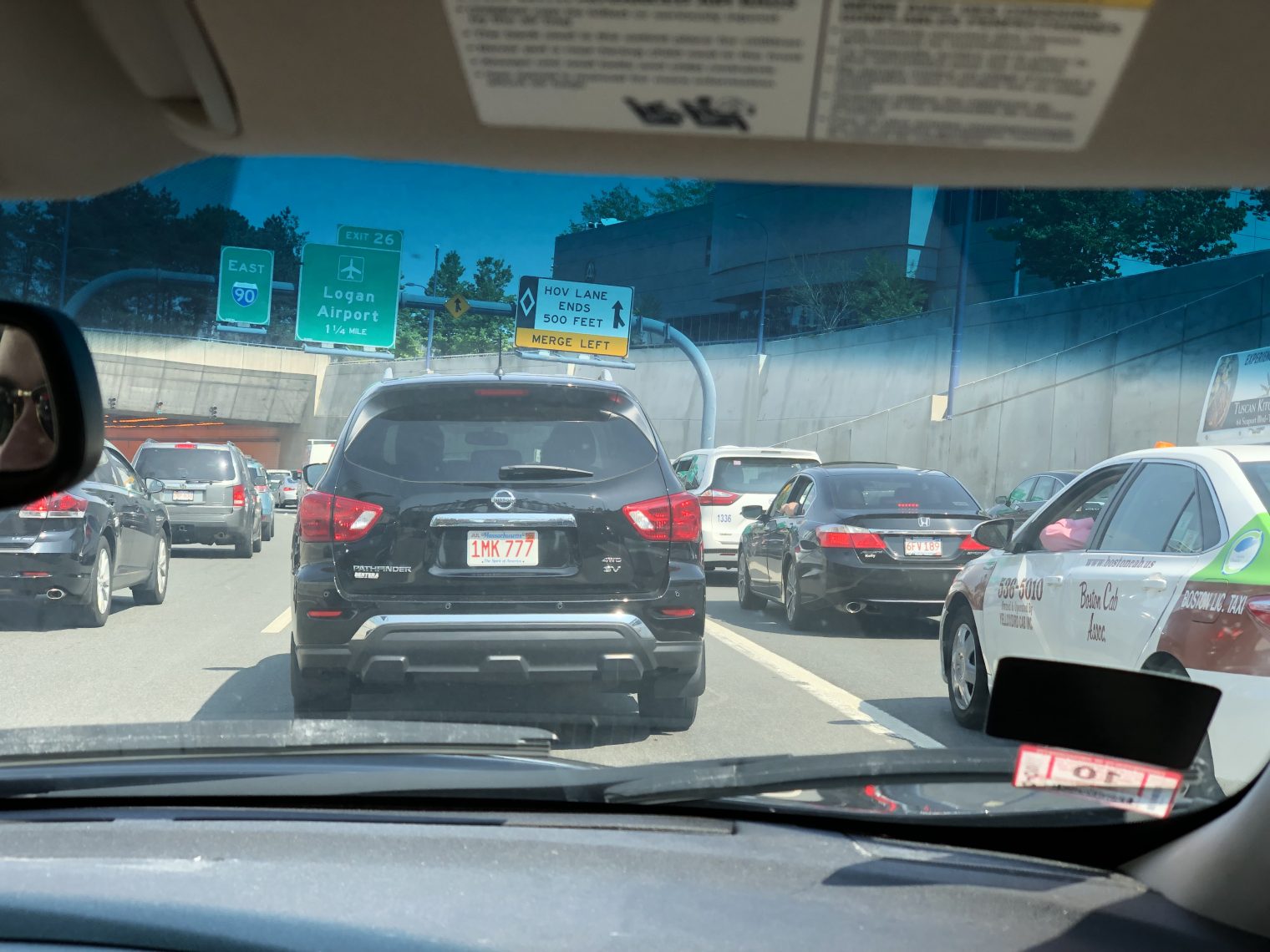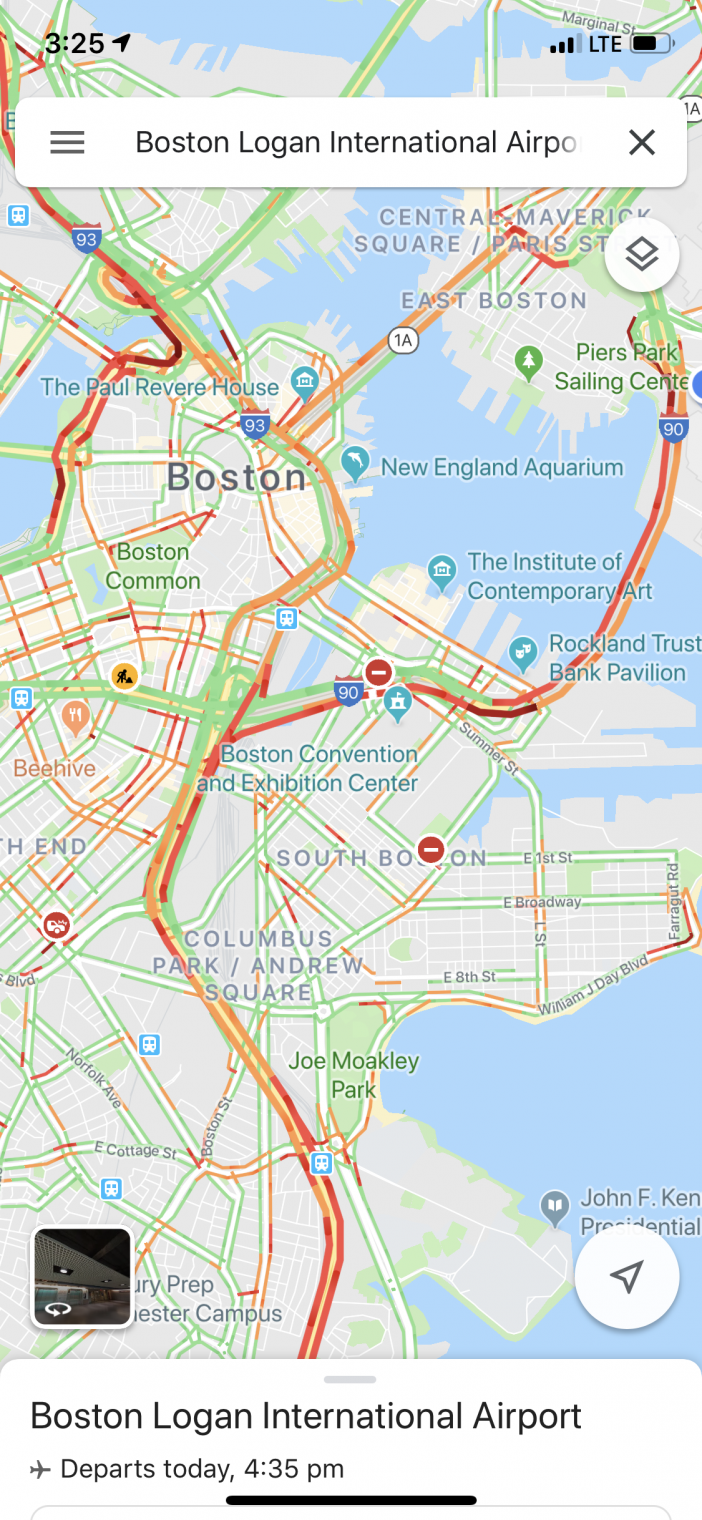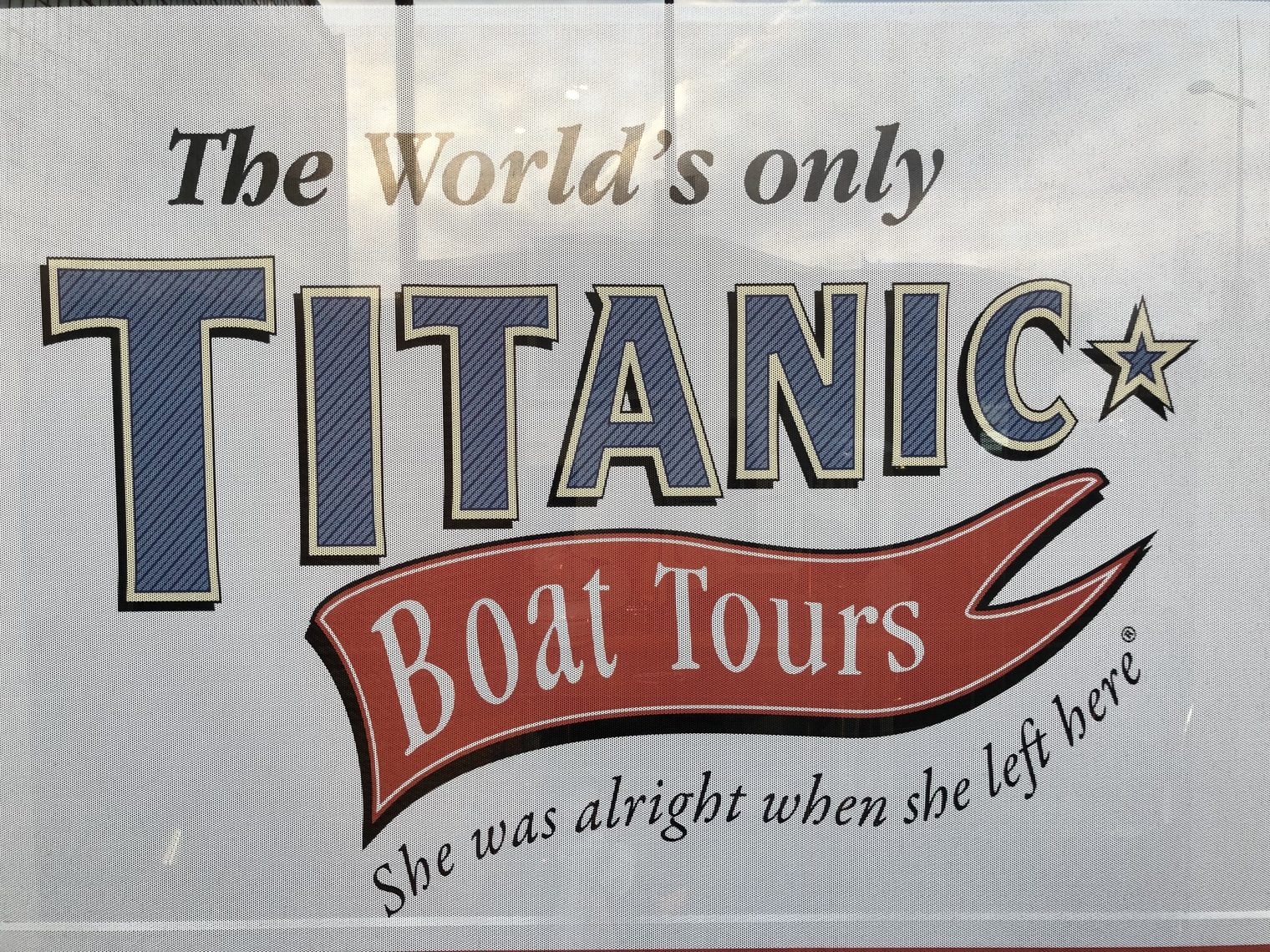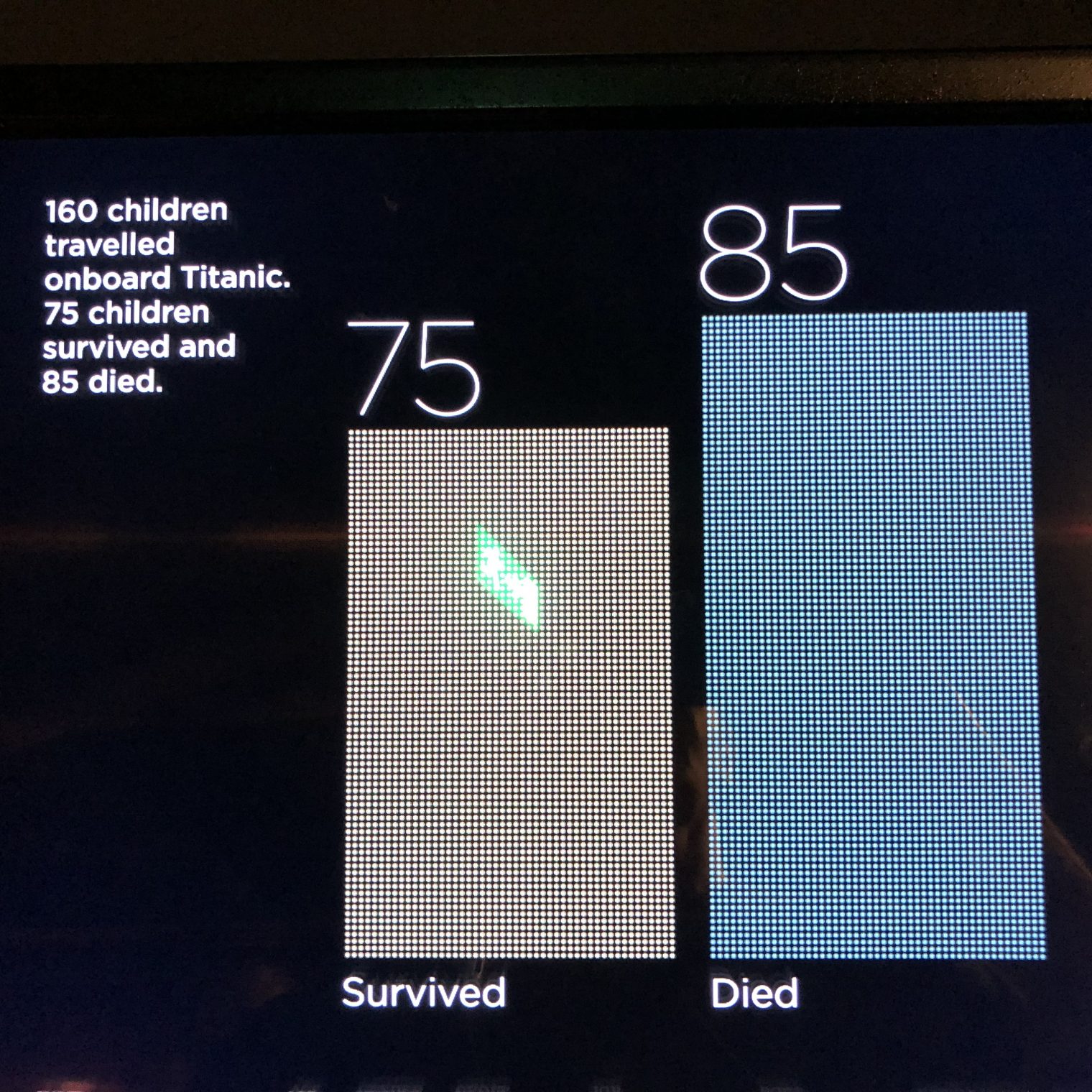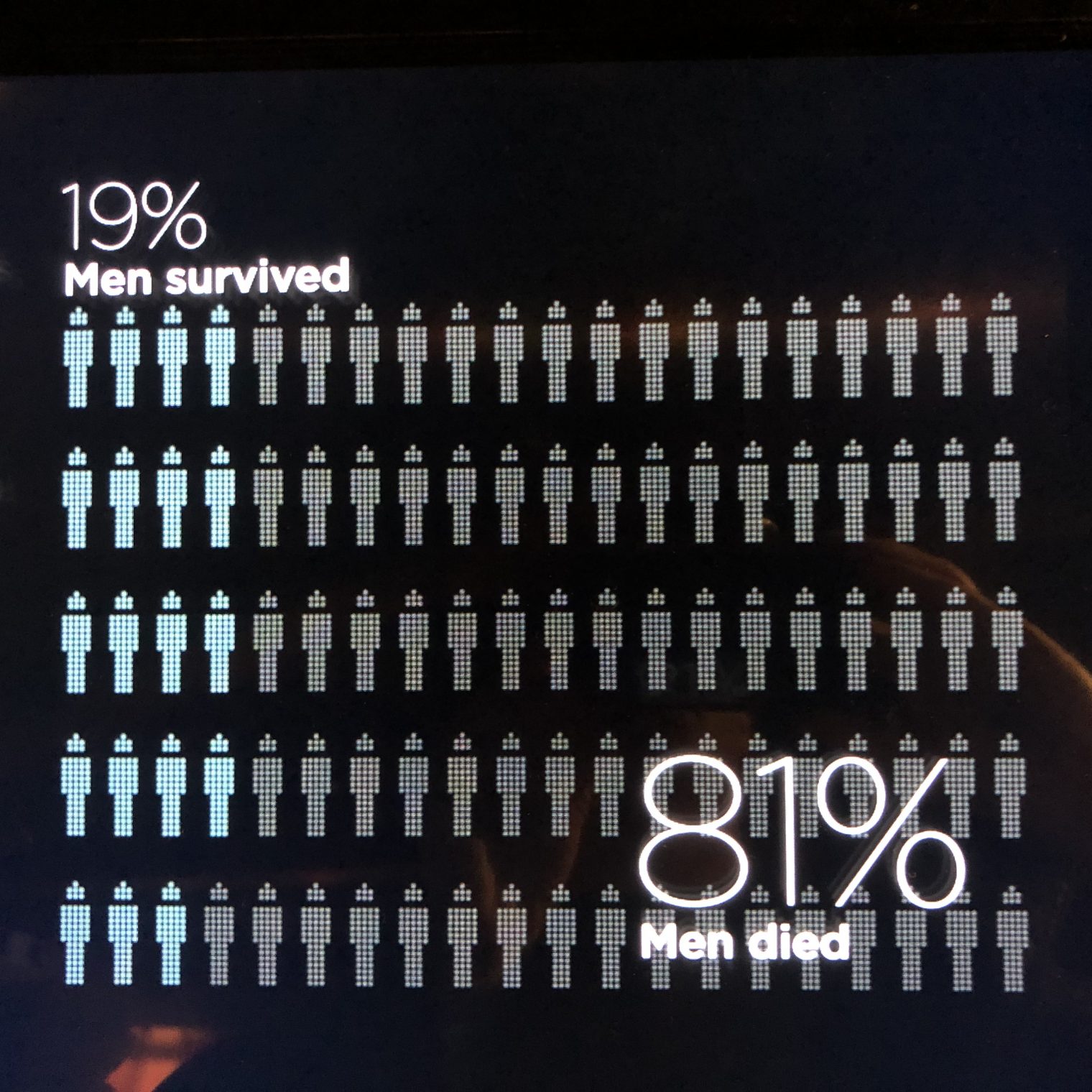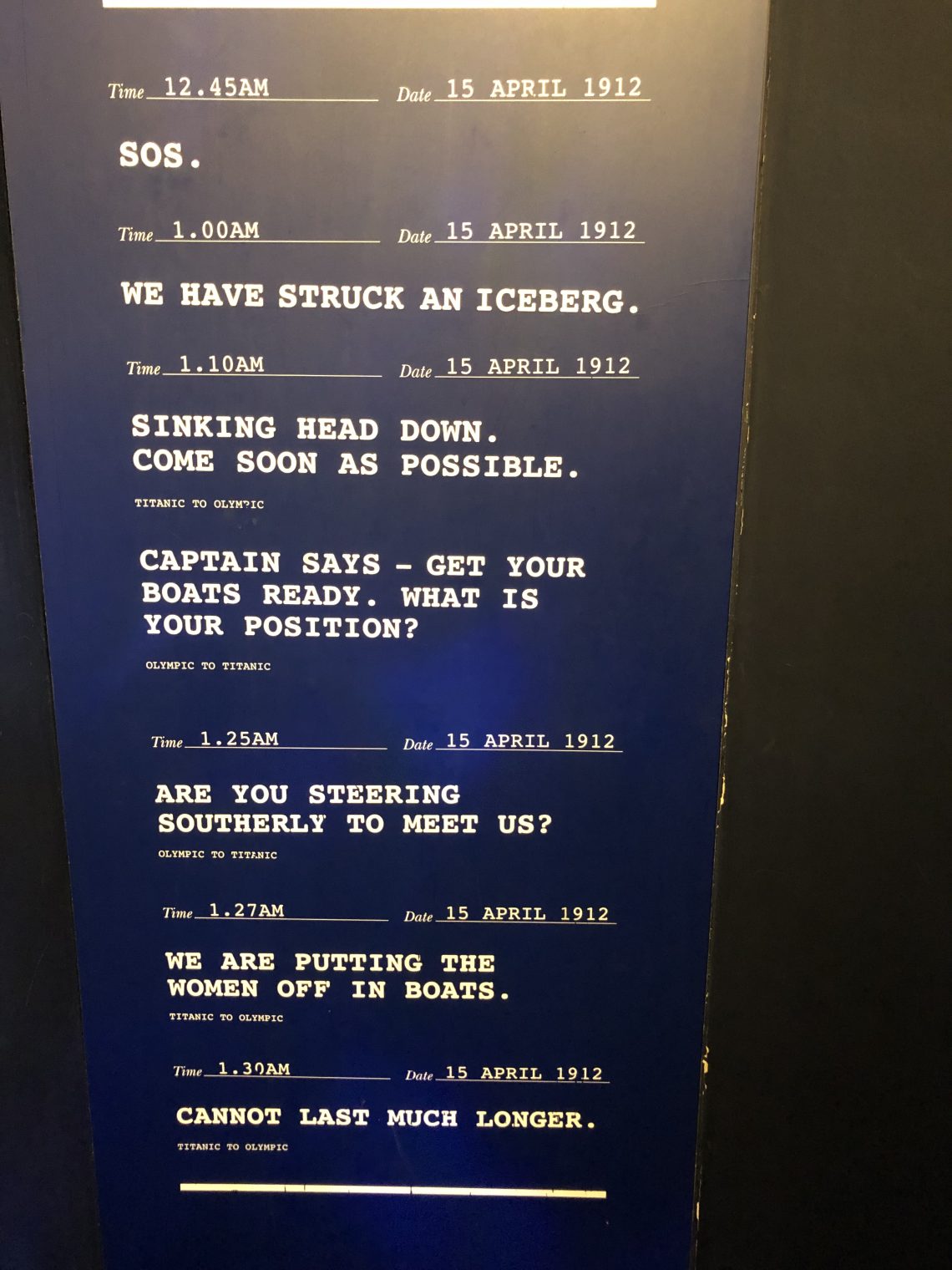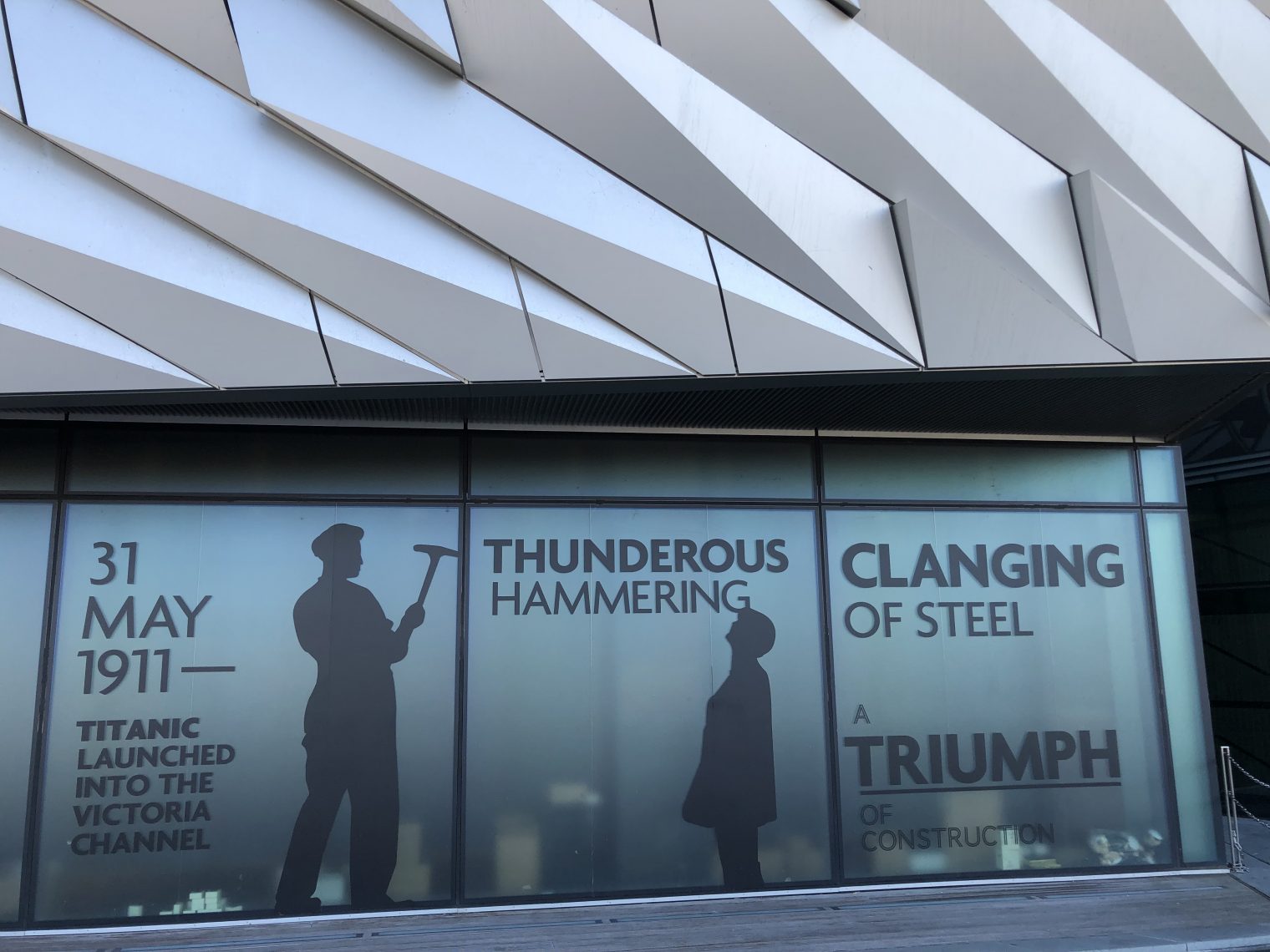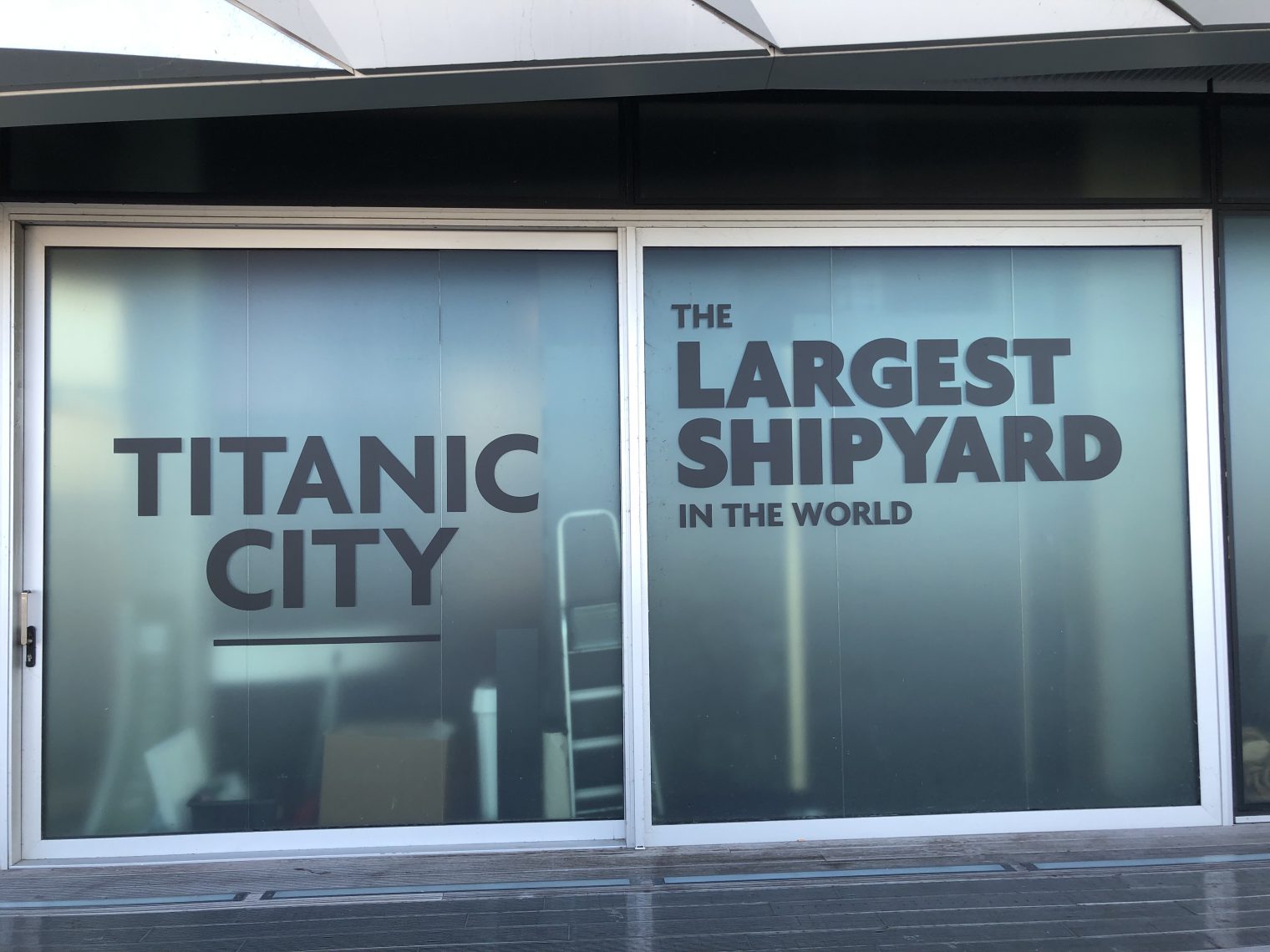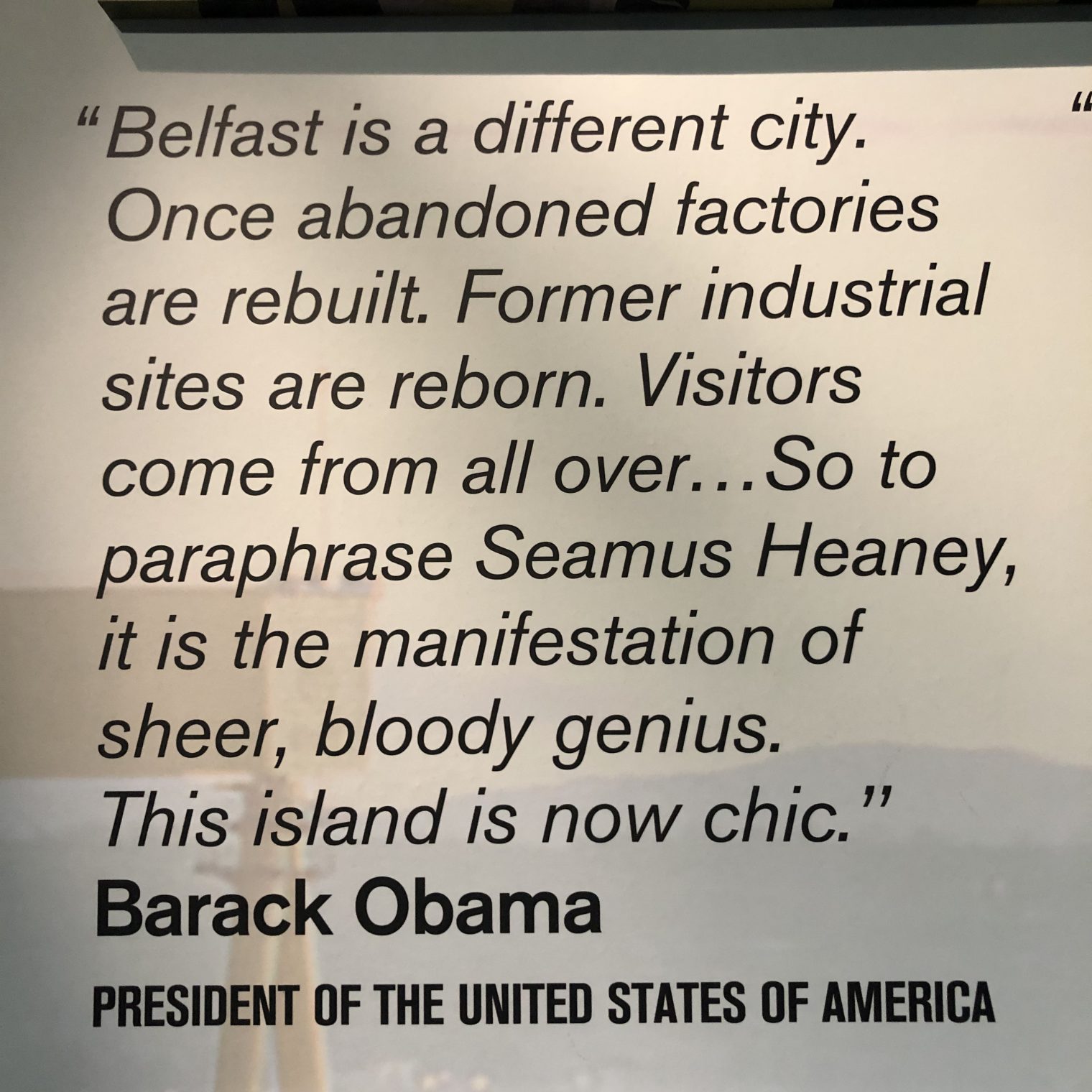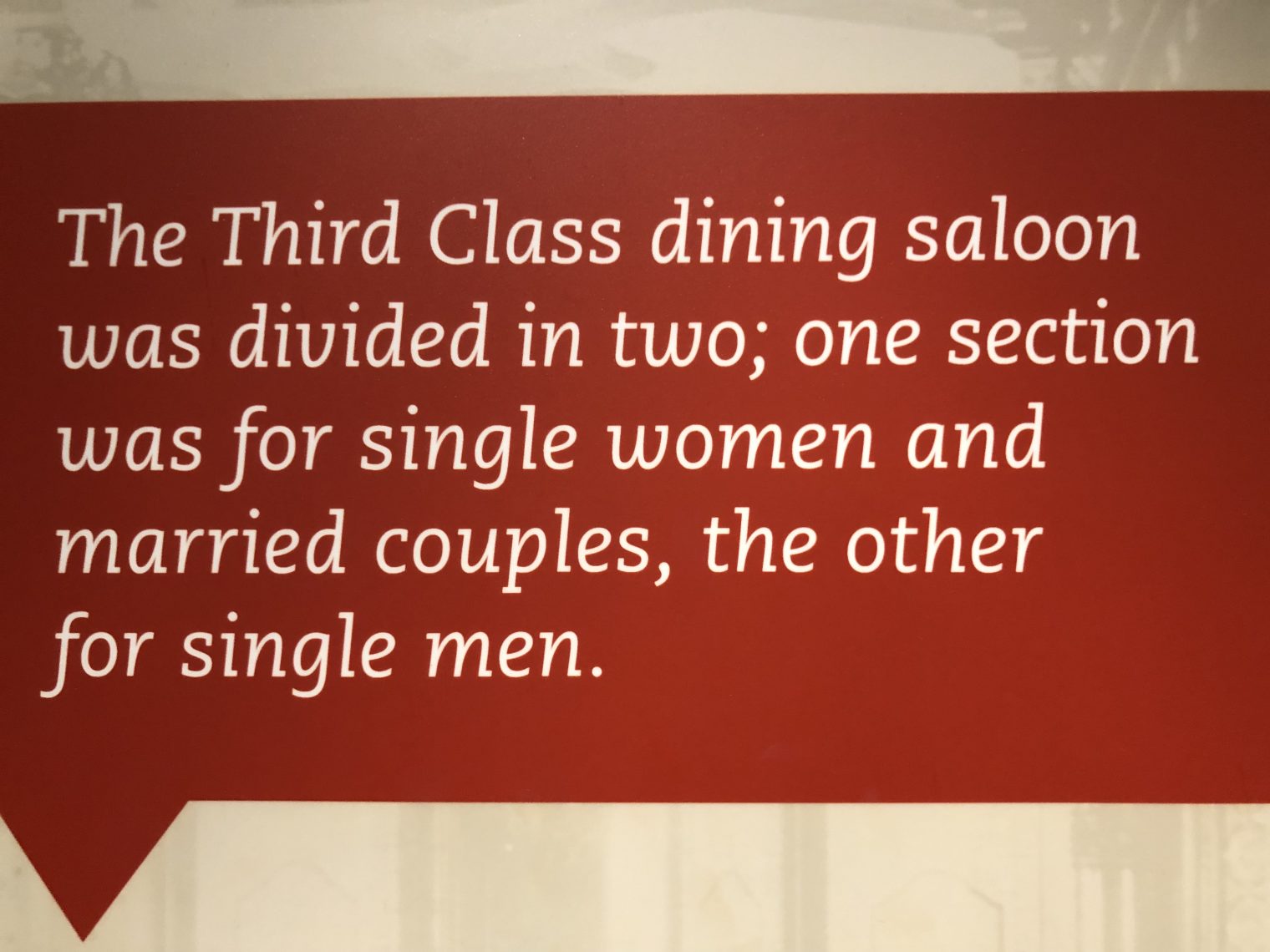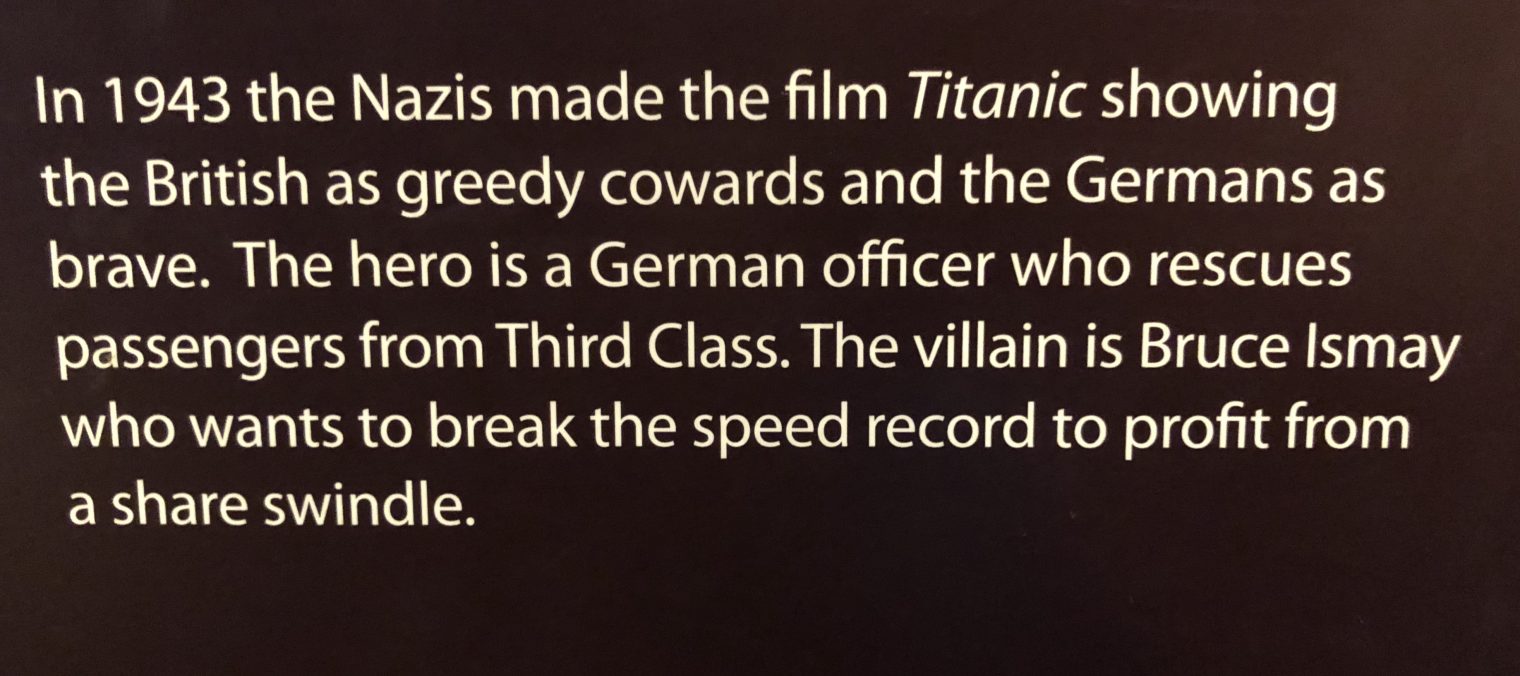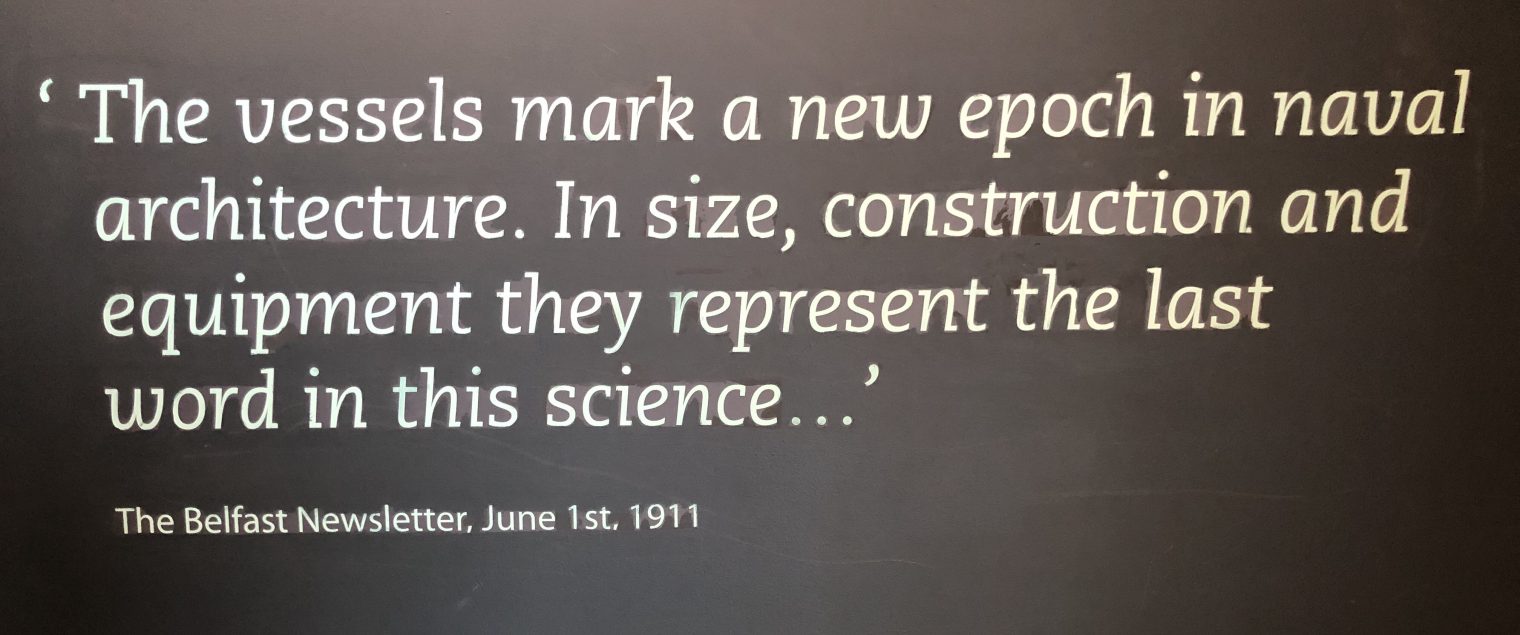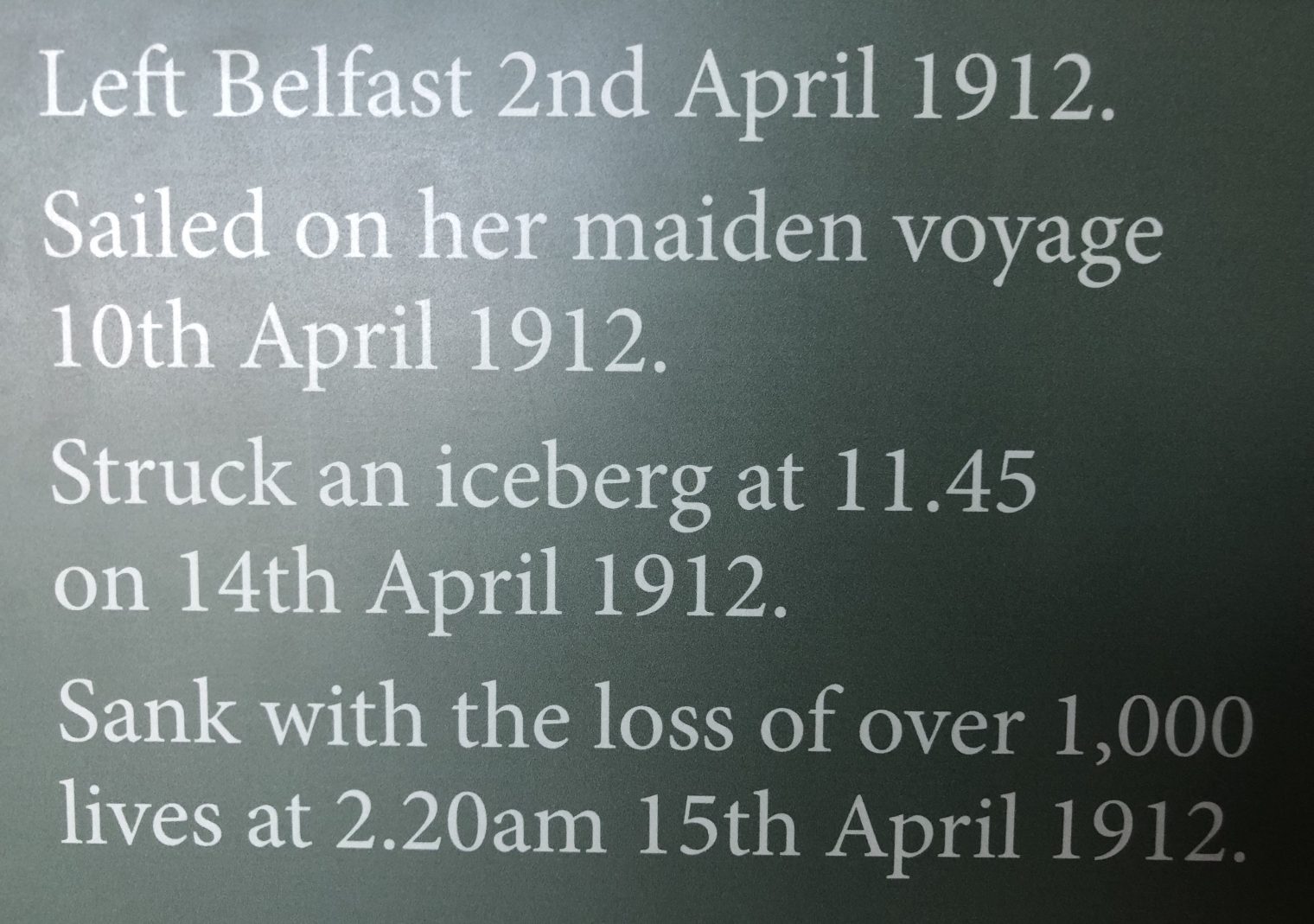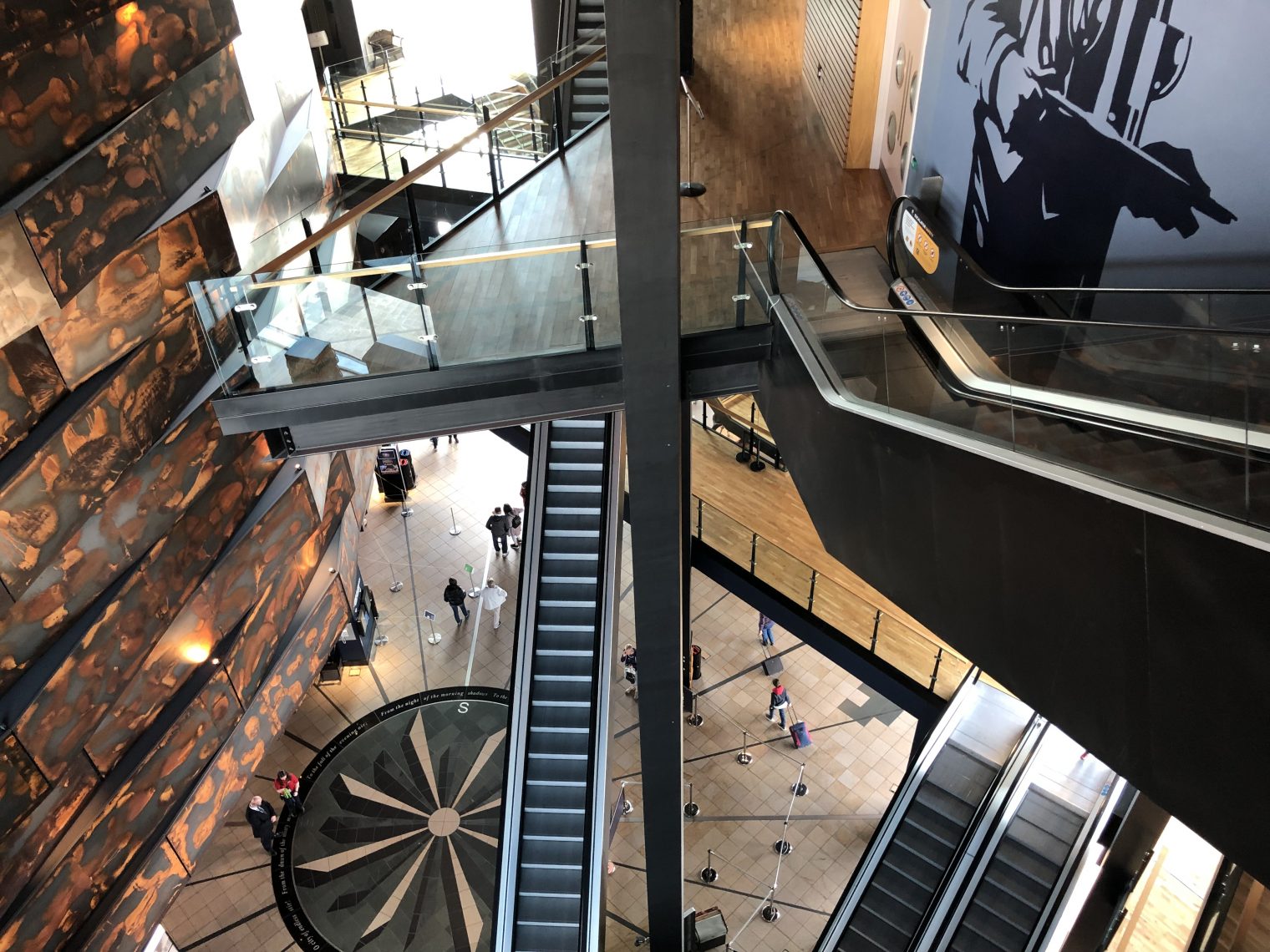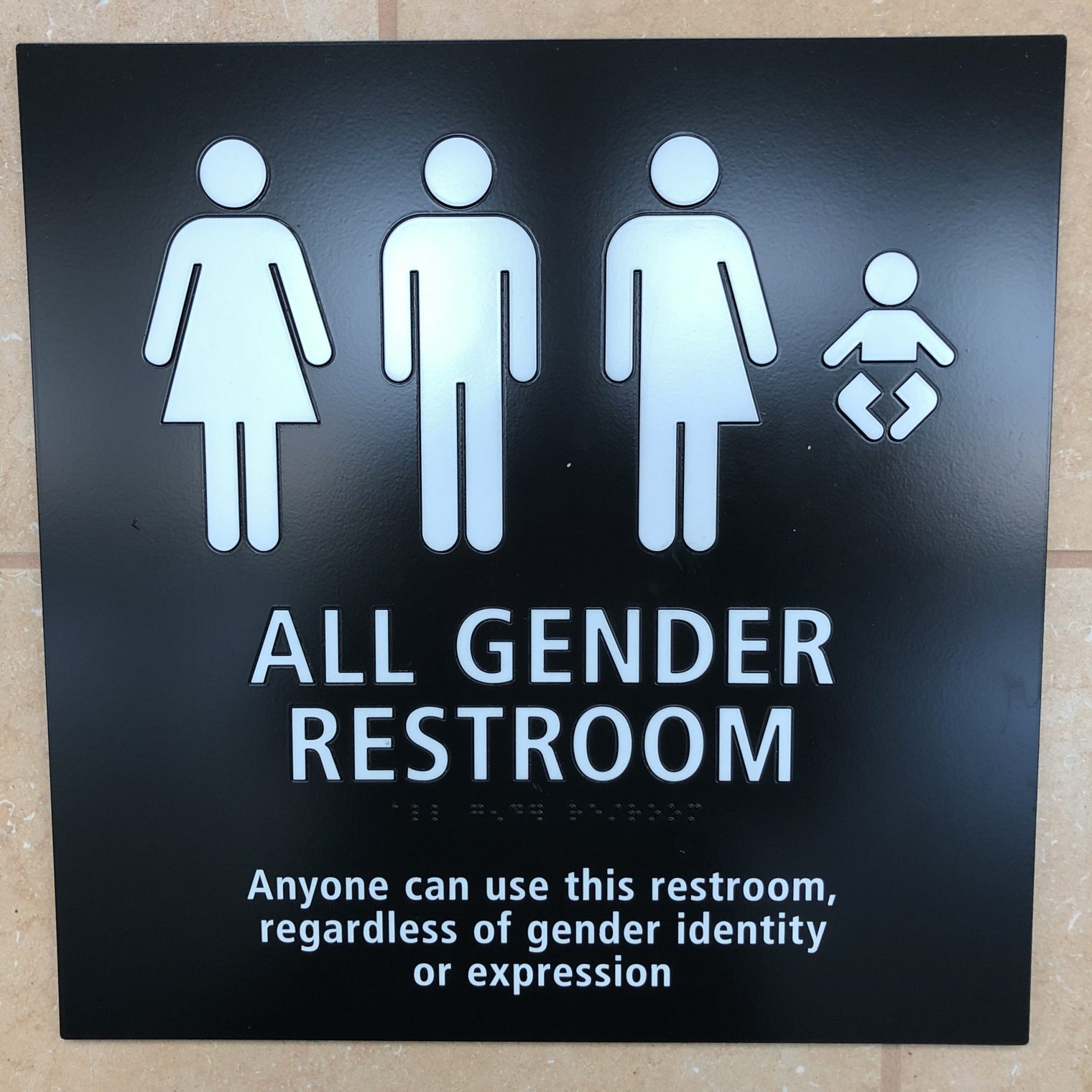On Desperate Ground: The Marines at The Reservoir, the Korean War’s Greatest Battle by Hampton Sides is a sobering Memorial Day read.
The book tells the story, from the American point of view, of the Battle of Chosin Reservoir.
As with the World War II history that I recently read, the author is not a fan of Douglas MacArthur. He sets an arbitrary date for recapturing Seoul even if it means destroying the city in order to “liberate” it:
As the Marines began to probe the outlying precincts of the city, the human cost of MacArthur’s deadline became more apparent to [Major General Oliver Prince] Smith. He felt the September 25 date was contrived—little more than a political gimmick designed to win headlines. Smith reckoned that his Marines could probably take Seoul by the twenty-fifth, but only by laying waste to large sections of the city, pounding it with artillery, bombing it to cinders. Seoul would be badly scarred, and the civilian death toll could be terrible. Smith knew that there were other, less destructive ways to take the city. Alpha Bowser insisted that the Marines could capture Seoul “with hardly a brick out of place.” They could encircle it, cut the enemy’s supply lines, and methodically ferret out the defenders, block by block. But this kind of fighting would take more time than MacArthur was willing to tolerate. So the big guns were brought forward, and the ritual of “softening up” targets across the city began. This, of course, was but a euphemism for a devastating bombardment that could only strike terror in the hearts of Seoul’s residents. General Almond was pleased to note that the enemy would be pounded to pieces. That a city might be razed in the process appeared not to trouble him.
After destroying a city, MacArthur destroys an American army by ignoring intelligence regarding hundreds of thousands of Chinese soldiers who’d crossed over into North Korea and falling right into a trap set by Mao.
The new plan was for most of Smith’s division to hasten forty miles up the coast, then turn toward the northwest, across the plains and into the Taebaek Mountains—the extensive range that forms Korea’s spine, the so-called dragon’s back. They would move up a narrow road that twisted for more than seventy miles into the highlands, toward a large man-made lake that, according to the old Japanese maps the Americans were working from, was called the Chosin Reservoir. Upon reaching its shores, Smith’s men were to keep marching for the Yalu, which was another hundred miles to the north by way of a patchwork of roads. [MacArthur’s deputy Edward] Almond called for maximum speed, much as he had during the battle for Seoul. From the start, Smith was suspicious of Almond’s plan. Among other things, it meant that his division would be strung along a narrow mountain road for nearly one hundred miles, in a long train of men and vehicles. They would move along this single artery, relying on a supply chain that the enemy could sever at any point. In this desolate country, there were no airstrips, no functioning rail lines, no other ways to receive reinforcements or evacuate casualties. They had only one road in, and, should anything happen, only one road out. The more they progressed, the more they would stretch themselves—and the more their survival would depend upon this fragile umbilical cord.
Upon reaching the village of Sudong, about twenty miles inland at the base of the mountains, one of these patrols met a unit of South Korean troops and found them positively rattled. They reported that they had just engaged in a firefight with the Red Chinese—more commonly referred to, among American commanders, as Communist Chinese Forces, or CCF. When asked how large a force they had encountered, the South Koreans would say only that there were “many, many.” But the South Koreans had captured sixteen prisoners and, upon interrogating them, had learned that they were from the 370th Regiment of the 124th Division of the People’s Liberation Army (PLA)—Mao’s army. They claimed they had crossed the Yalu River in mid-October. These Red soldiers were surprisingly forthcoming with information; they seemed to have nothing to hide. It was almost as though they wanted the U.N. troops to know who they were and where they had come from. They freely indicated that they were part of a much larger Chinese force, numbering in the hundreds of thousands.
[MacArthur’s intelligence chief, General Charles] Willoughby quickly concluded that the Chinese prisoners at Sudong were merely “volunteers,” part of a token force of zealous Communists, probably from Manchuria, who had picked up their weapons and, in piecemeal fashion, streamed down of their own free will to help the North Koreans.
It was a fiction that MacArthur seemed entirely willing to believe, one that provided sufficient cover for him to continue advancing toward the Yalu. The Joint Chiefs of Staff had given him carte blanche to keep on going—unless and until he saw evidence that the Chinese had officially entered the war. And here it was, evidence as clear as one could ever expect to find. MacArthur’s response was to accept Beijing’s propaganda at face value.
At least one American politician appreciated the risks:
young senator from Wisconsin named Joseph McCarthy, … he accused Truman of being in league with known Communists and charged that the Democratic-held White House had presided over “twenty years of treason.” McCarthy would say of Truman: “The son of a bitch should be impeached.” McCarthy inveighed against the Truman administration’s creation of a “Korean death trap,” saying that “we can lay [it] at the doors of the Kremlin and those who sabotaged rearming, including Acheson and the President.”
The late fall temperatures in the mountains (about 4,000′ high) of North Korea fell to -25F and were accompanied by high winds. It was time for General Song Shi-lun to implement Mao’s published strategy:
The enemy advances, we retreat; the enemy camps, we harass; the enemy tires, we attack; the enemy retreats, we pursue.
I don’t want to ruin the suspense, but here are a few high points:
- the Chinese beat us despite our overwhelming superiority in weapons and equipment
- aviation was critical to avoiding a complete disaster; General Smith had made building a mountain runway big enough for the DC-3 a top priority
- the Marines fought tenaciously despite frostbite and every kind of wound
Tempted to despair over today’s headlines?
According to the Pentagon, 33,651 Americans had died fighting in the war, as did 180,000 Chinese. An estimated 2.5 million Korean civilians lost their lives.
I recommend this book as a way to remember the sacrifices of American soldiers in conditions that are unimaginable to a modern-day civilian.
More: Read On Desperate Ground: The Marines at The Reservoir, the Korean War’s Greatest Battle
Full post, including comments 